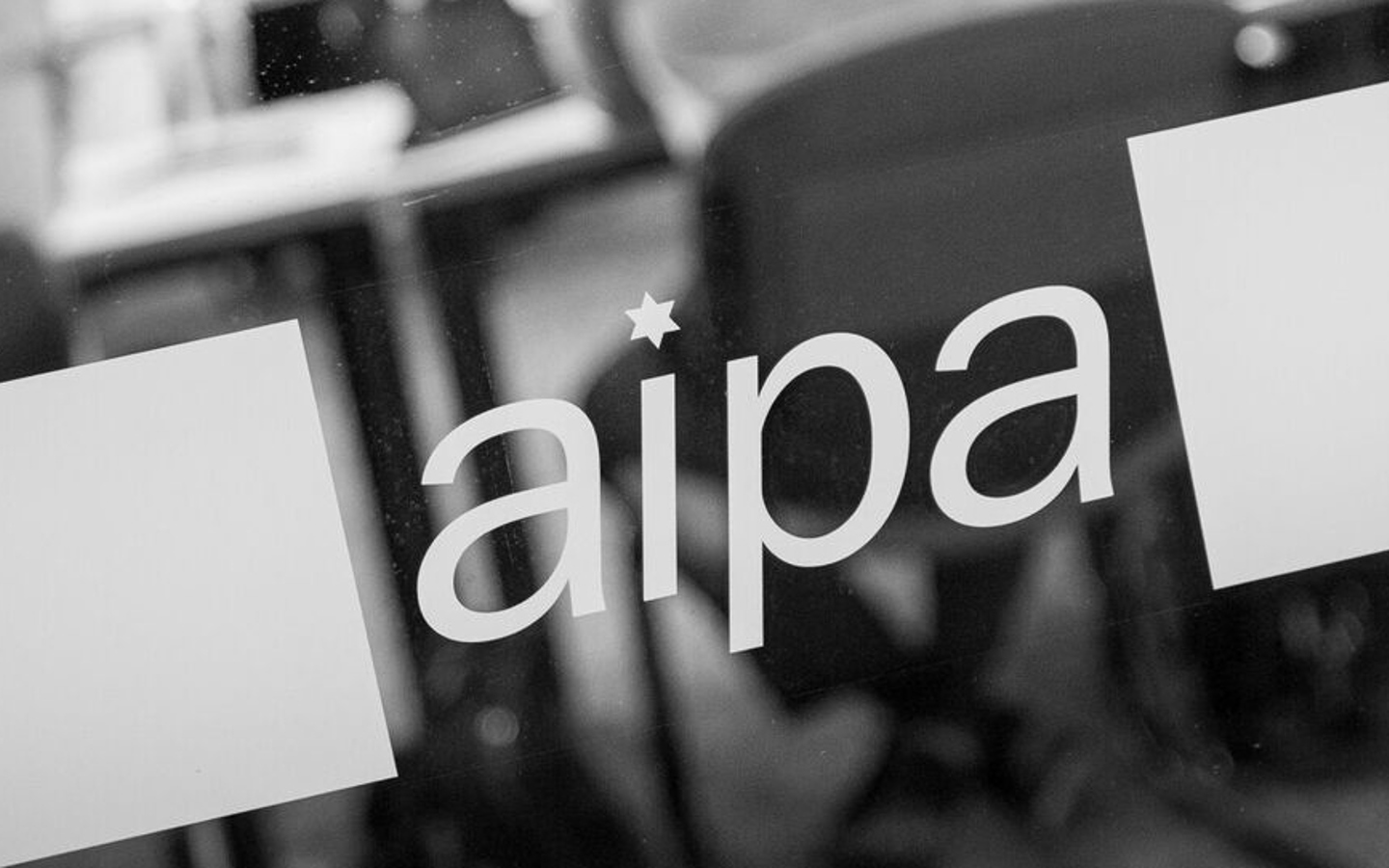Aviation industry losing appeal
26/04/2019 | Author: Mark Sedgwick

Aviation should be an attractive industry for young Australians to join. Aspiring pilots should be able to look forward to a rewarding career, including making a decent return on the significant upfront investment required to fund their flying training.
And yet the number of Australians learning to fly continues to drop. Globally, airlines are growing at a faster pace than ever but the number of qualified pilots with the experience to fly large commercial passenger aircraft isn’t keeping up with demand.
Forecasts suggest the US airline industry will need an additional 50,000 pilots by 2026 in order to cater for retirements, attrition and growth. So far, the shortage of US pilots has provided an opportunity for some young Australians to find work with US regional airlines.
There they can gain experience and increase their flying hours to allow them to move to a major international carrier or perhaps return home to Australia to work.
US pilot unions say they are not opposed to foreign pilots joining regional airlines as long as they are paid on the same terms and conditions as American pilots.
Likewise in Australia, there has been a fear that even the limited use of foreign pilots could be used to lower the terms and conditions of employment in aviation.
There is a systemic issue here. Young pilots cannot be mentored and trained without experienced pilots and you cannot retain experienced pilots without competitive salaries, terms and conditions.
It’s clear the aviation industry needs co-ordinated government support with better targeted programs for training and wider support for regional aviation.
Last year the government was lobbied to reinstate employment visa privileges for foreign pilots, having previously removed them from the skilled occupation list in 2017. However, the lure of permanent Australian residency as an incentive to an employment contract should not be used to replace adequate employment terms and conditions. The aim should be to attract and retain Australians.
At the same time there is a need for government to consider the air transport needs of the bush. Regional and rural operators are under increasing cost pressures and the industry needs government assistance to ensure air services continue. That should include efforts to reduce industry costs including pilot training.
Qantas and Virgin Australia understand they could be facing future pilot shortages, announcing their own pilot academies in Toowoomba and Tamworth. The regional carriers have had similar programs for some years now.
Yet there is no co-ordinated approach to these training programs even where the regional and main line carriers are both owned by the same parent company. By training pilots and employing them at the outset in the airlines’ respective regional operations and providing a pathway through to progressively larger aircraft, the major local players would benefit from a “cradle to grave” approach that should aid significantly in pilot retention.
What pilots want to see is better government support for flying training and recognition that aviation is a major artery of regional Australia that needs a more co-ordinated approach. Without a viable regional aviation industry, Australia could see even more young pilots leaving the country for better opportunities overseas.
Mark Sedgwick is president of the Australian and International Pilots Association.
